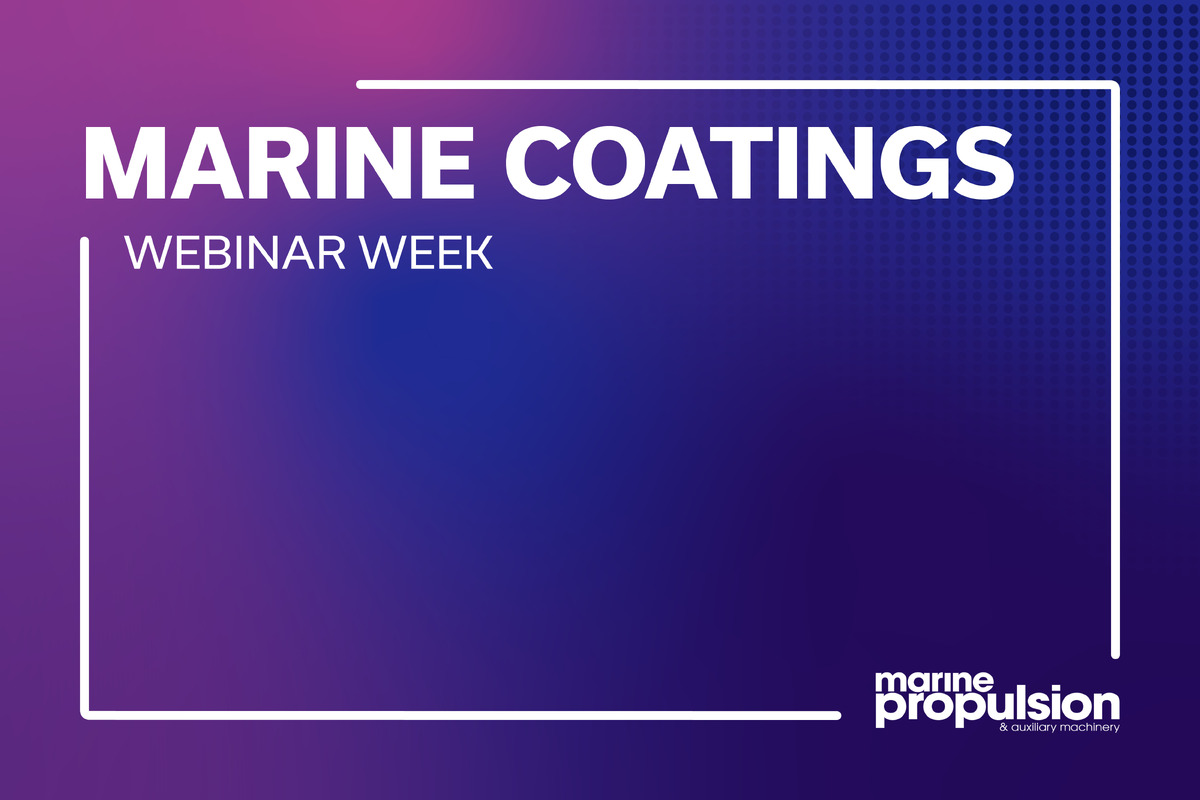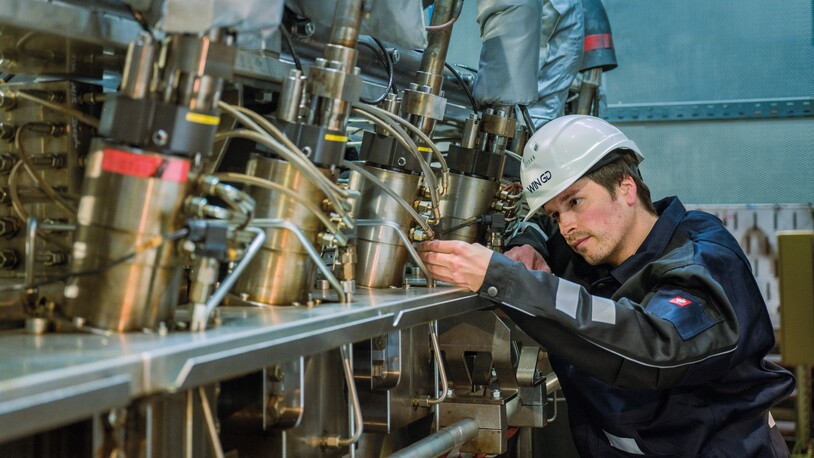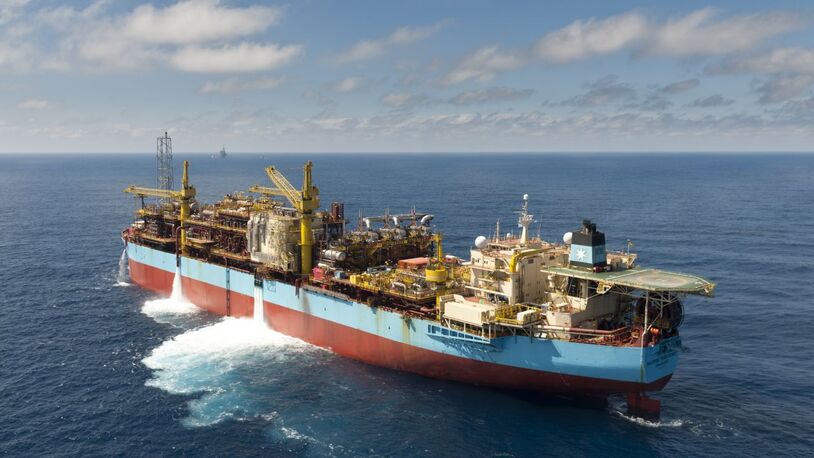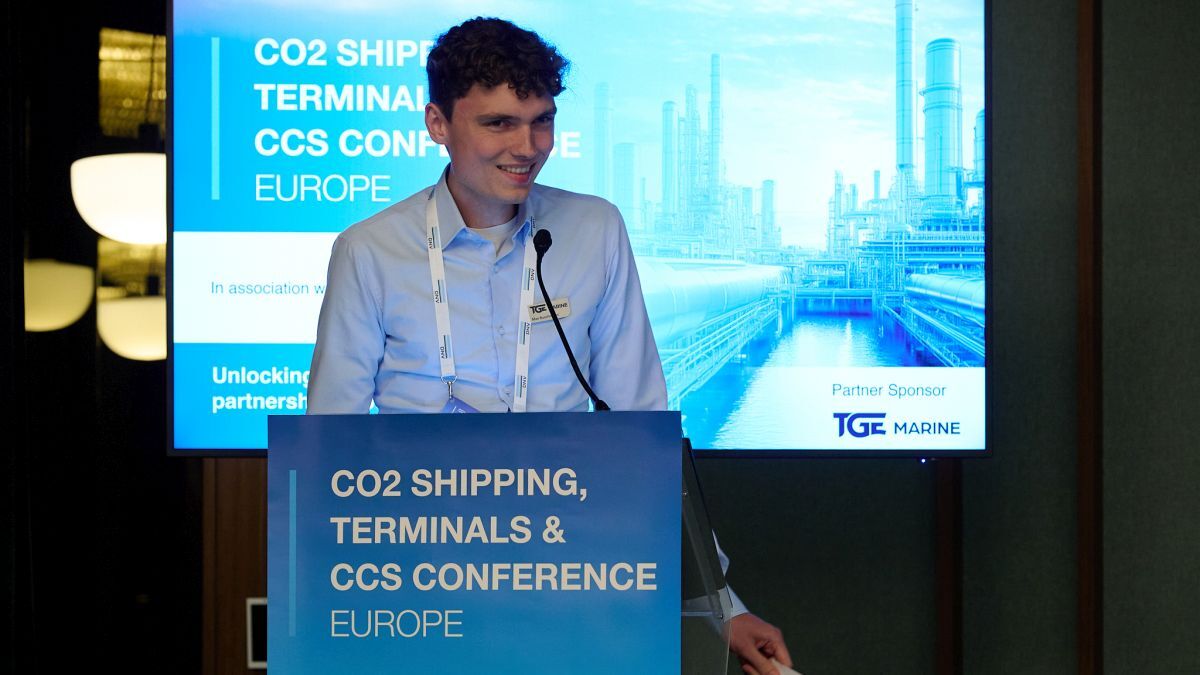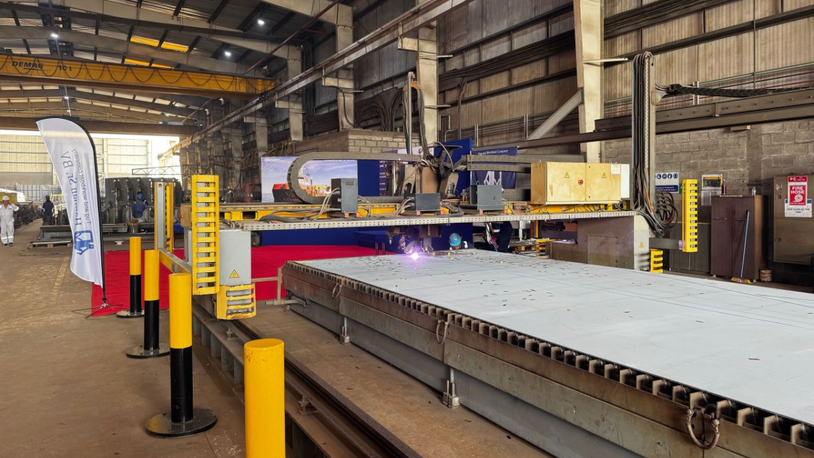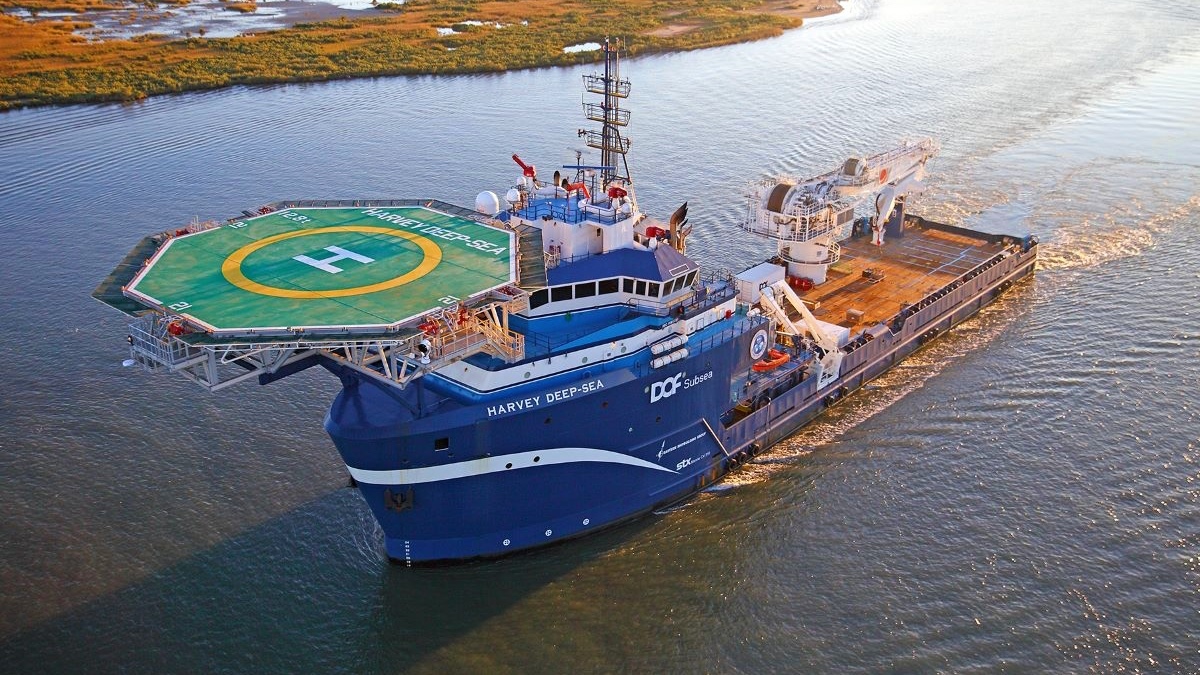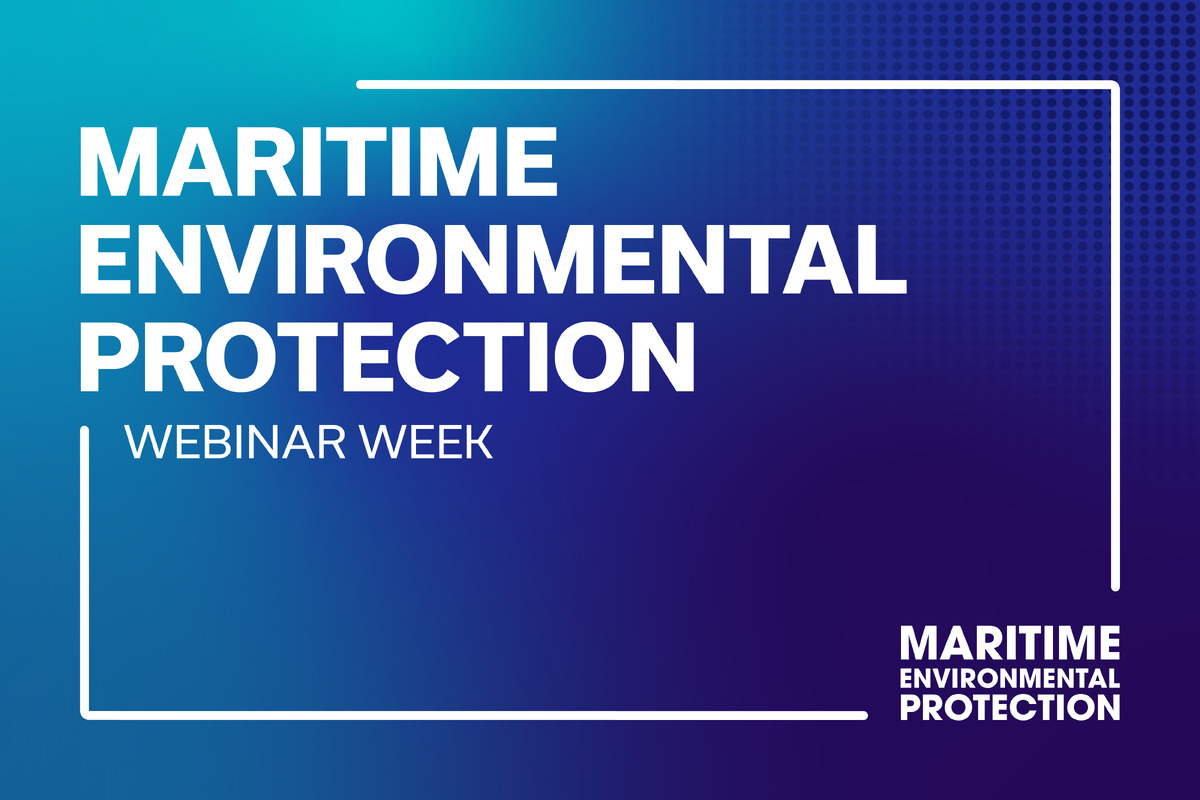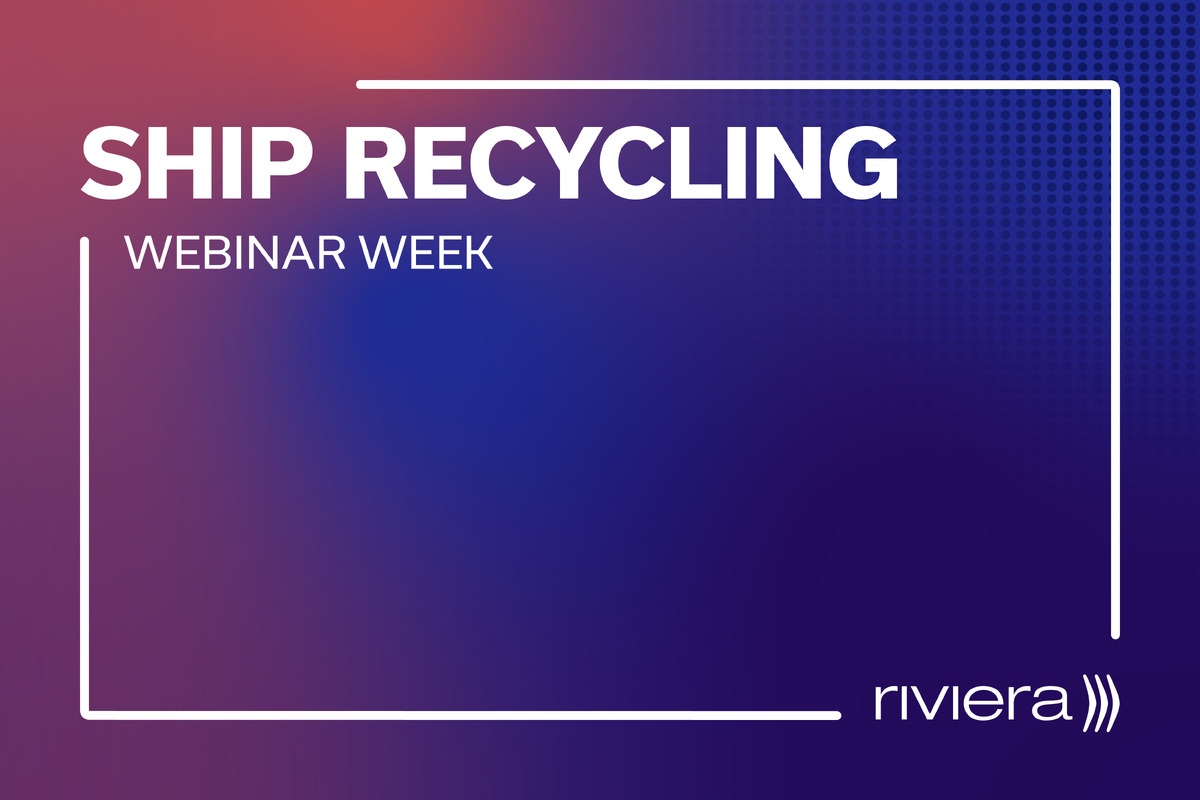Business Sectors
Events
Marine Coatings Webinar Week
Contents
Cathelco ICCP system for Service Jack 2
Cathelco in the UK has announced that it is to supply an impressed current cathodic protection (ICCP) system against hull corrosion for a new type of self-propelled jack-up vessel. The ship is being built for Master Marine of Norway, which specialises in the transport and installation of heavy structures for the offshore energy industry.
The vessel, Service Jack 2, will initially install wind turbines in the Sheringham Shoal offshore windfarm, which is in the Greater Wash, 9 miles (14km) north of the town of Sheringham in Norfolk, United Kingdom. Master Marine won the contract for planning and installing 88 turbines and two substations from Scira Offshore Energy Ltd and its partners Statoil and Statkraft of Norway.
The vessel measures 117m in length and 50m in breadth and has a hull configuration resembling a barge. However, it differs significantly in having four retractable legs which enable the laden hull to be elevated.
The key to effective corrosion protection of hulls is to ‘polarise’ the whole area by ensuring an even current distribution. This is achieved by placing the anodes and reference electrodes in the most appropriate positions. It was decided that the retractable legs would be best protected against corrosion by using sacrificial anodes, whereas the hull would be most effectively protected using an ICCP system.
“The retractable legs are located within moonpools, which could affect the performance of the ICCP system by creating a ‘current drain’ and lowering the level of protection,” said Aneel Mumtaz, a corrosion engineer at Cathelco. “To eliminate this possibility we took particular care in positioning the reference electrodes so that the system is effectively monitored and optimum output is delivered by the anodes to prevent corrosion.”
The system supplied by Cathelco consists of a control panel which feeds an impressed electrical current to elliptical anodes mounted on the hull surface near each of the four ‘moonpools’. In operation, the current from the anodes ‘neutralises’ electrochemical activity on the surface of the hull to prevent corrosion.
Positioning the reference electrodes to achieve accurate monitoring is an important aspect of the system design. The electrodes measure the electrical ‘potential’ at the hull-seawater interface and send a signal back to the control panel which raises or lowers the anode output. This constantly maintains the correct level of corrosion protection throughout the life of the vessel. OSJ
Related to this Story
Events
Marine Coatings Webinar Week
Maritime Environmental Protection Webinar Week
Ship Recycling Webinar Week
© 2024 Riviera Maritime Media Ltd.
